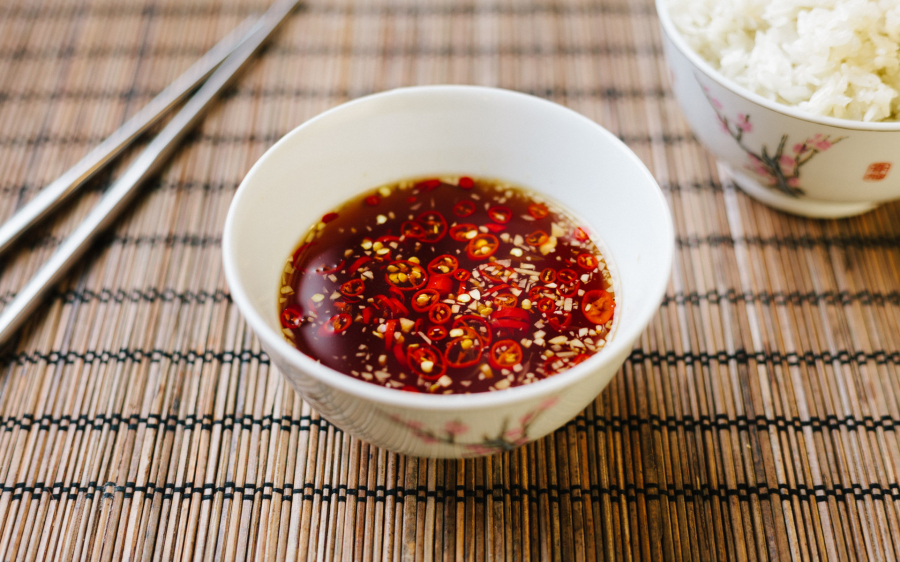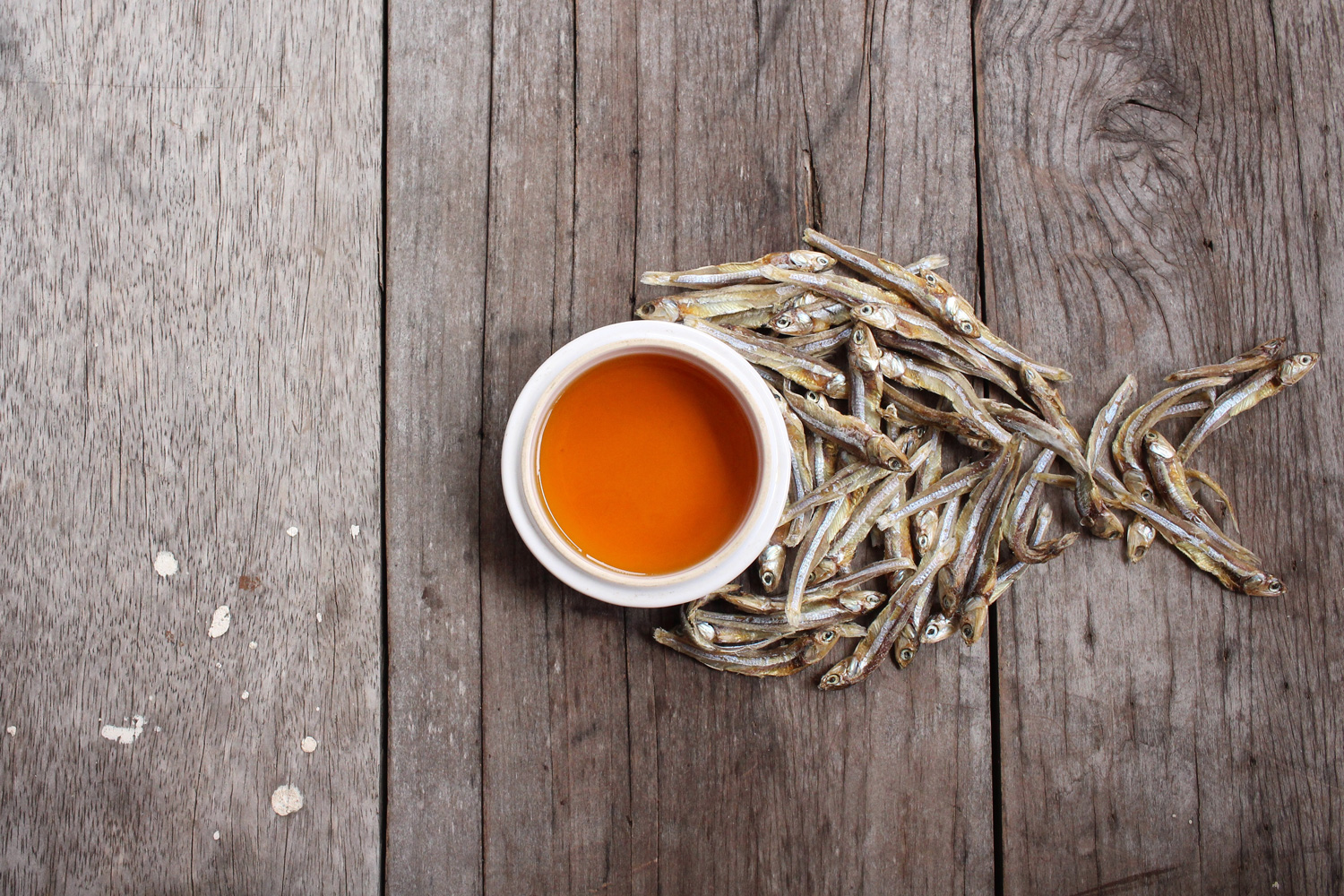Salty because it is fermented from anchovies and similar small fish, fish sauce has formed the backbone of East and Southeast Asian cuisines. But have you ever wondered whether you prefer the rich flavor of Vietnamese fish sauce or the stronger, more pungent flavors of fish sauces from other countries?

"Fish sauce plays a very important role in Vietnamese cuisine: it can create the character of a dish but at the same time it can ruin it if not used properly," shared chef Dang Que Vinh - who opened a contemporary Vietnamese restaurant called "Nhau" in central Hong Kong earlier this year.
"There is a huge difference between Vietnamese and Thai fish sauce. Vietnamese fish sauce is much better. I have never tried any Thai fish sauce that tastes as good as Vietnamese fish sauce," Vinh added.
Fish sauce is traditionally made from anchovies or any other fish or shellfish too small to be eaten. Traditionally, layers of fish are placed in jars, alternating with layers of salt. Bamboo mats are used to hold the mixture in place, and a heavy object is placed on top. Finally, the jar is covered with a ceramic or porcelain lid and left in the warm sun to ferment for a year. As the fish begin to decompose, they secrete a brown liquid that collects at the bottom of the jar.

This liquid is the backbone of East Asian cuisine. In Korea, it's called "aek jeot," in the Philippines, "patis," and in Indonesia, "toeuk trey."
The liquid layers are separated by nitrogen gas that appears during fermentation. Liquid layers exceeding 30N (N stands for protein content) are considered premium, 40N is considered optimal, while above 40N is considered essence. Most fish sauce sold on the market today is in the mid-20N range.
Some Vietnamese fish sauces have the word “nhi” or “thuong cao” added to their labels to help consumers differentiate them. These terms indicate that the fish sauce is extracted from the top layer of the fermenting fish and is of the highest quality.

“The top layer has a lot of essence, flavor and is also less salty,” said Vinh, who is particularly fond of fish sauce from the coastal areas of Nha Trang and Phu Quoc Island in the west of the country.
"The second layer is also very rich but has a saltier taste. The third layer has more salt. The fourth layer is what most people think of when they think of fish sauce."
Vinh doesn’t use the first-grade fish sauce for cooking. He will use the fourth-grade one for pasta, but for dipping dishes, it must be the highest-grade fish sauce.
Meanwhile, while Thai fish sauce lacks the sophistication and complexity of Vietnamese fish sauce, it goes well with almost any food, says chef Num, who runs Isaan restaurant in Udon Thani in northeastern Thailand. “It depends on what the sauce is used for,” he adds.

He is currently working with local fish sauce producers in Udon Thani province to preserve the traditional way of making fish sauce. The time and effort required to make fish sauce the traditional way is very different from the mass-produced fish sauces sold in supermarkets today. There are also very few people making traditional fish sauce by hand.
"One of the traditional techniques for making fish sauce is to clean the fish's organs, add a layer of salt and ferment for six months until a brown liquid floats on top of the fish carcass," said Mr. Num.
“Strain the liquid, cook it and add some palm sugar to balance the flavor. Place them in jars and leave them in the sun to naturally kill off any bacteria.”
"This is how premium nam pla (fish sauce) is made, so to speak."

















.jpg.jpg)















